Click here to view image
Franco Albini (Robbiate, 1905 - Milano, 1977)
Click here to view image
Franco Albini (Robbiate, 1905 - Milano, 1977)
Click here to view image
Franco Albini (Robbiate, 1905 - Milano, 1977)
Click here to view image
Franco Albini (Robbiate, 1905 - Milano, 1977)
Click here to view image
Franco Albini (Robbiate, 1905 - Milano, 1977)
Click here to view image
Franco Albini (Robbiate, 1905 - Milano, 1977)
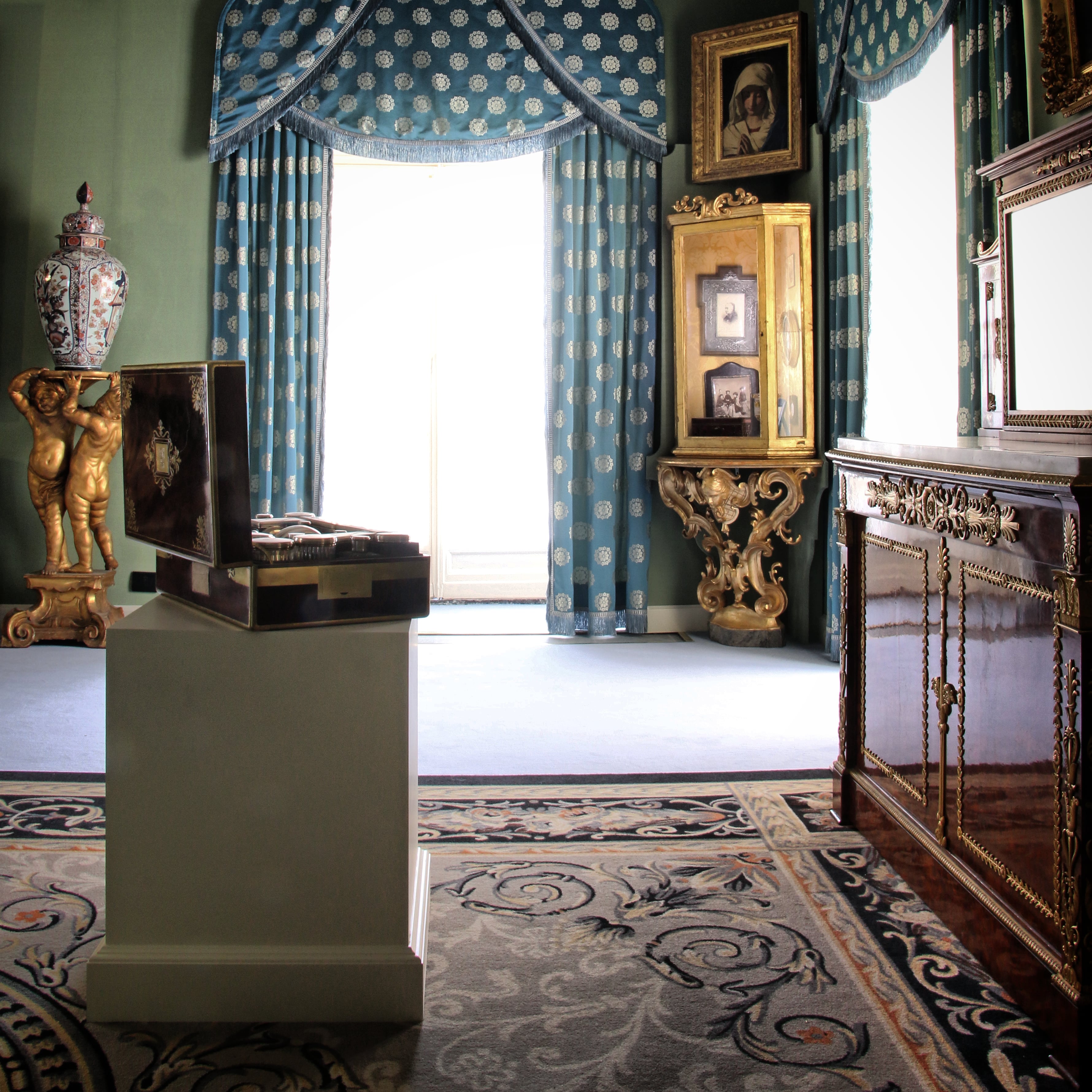
Click here to view image
The Duchess's bedroom ( 3 )

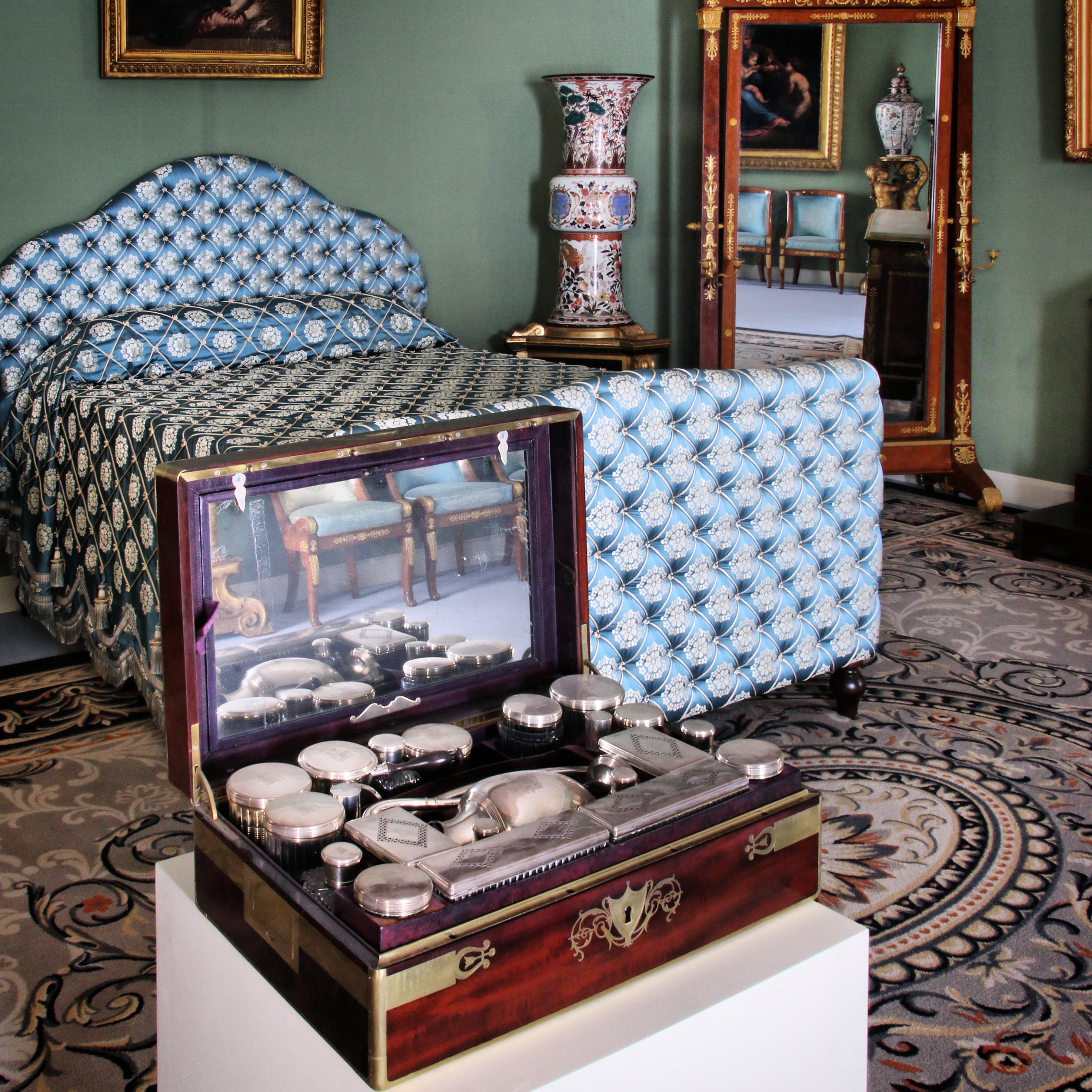
Click here to view image
The Duchess’s bedroom (2)

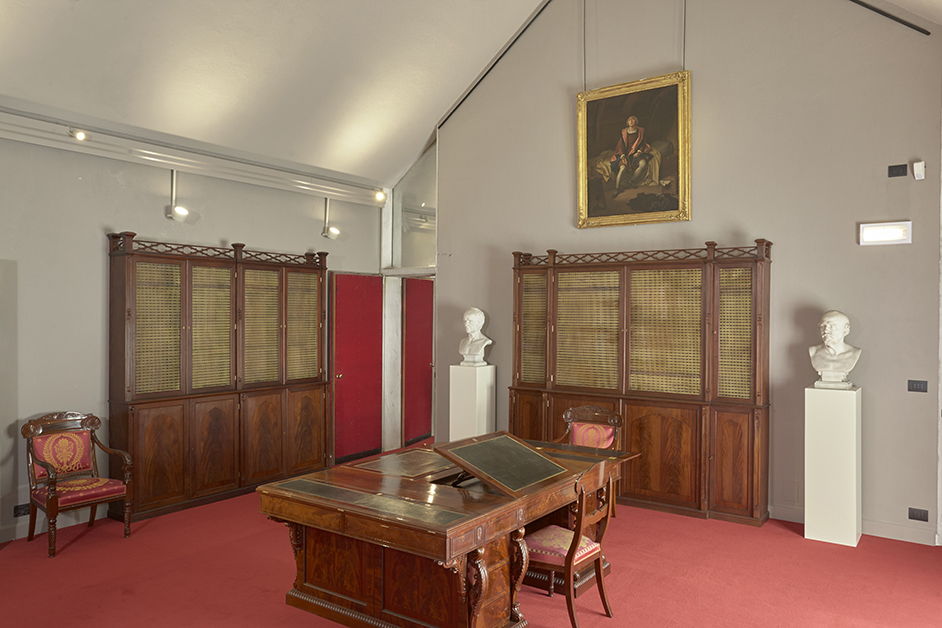
Click here to view image
Library of Antonio Brignole-Sale

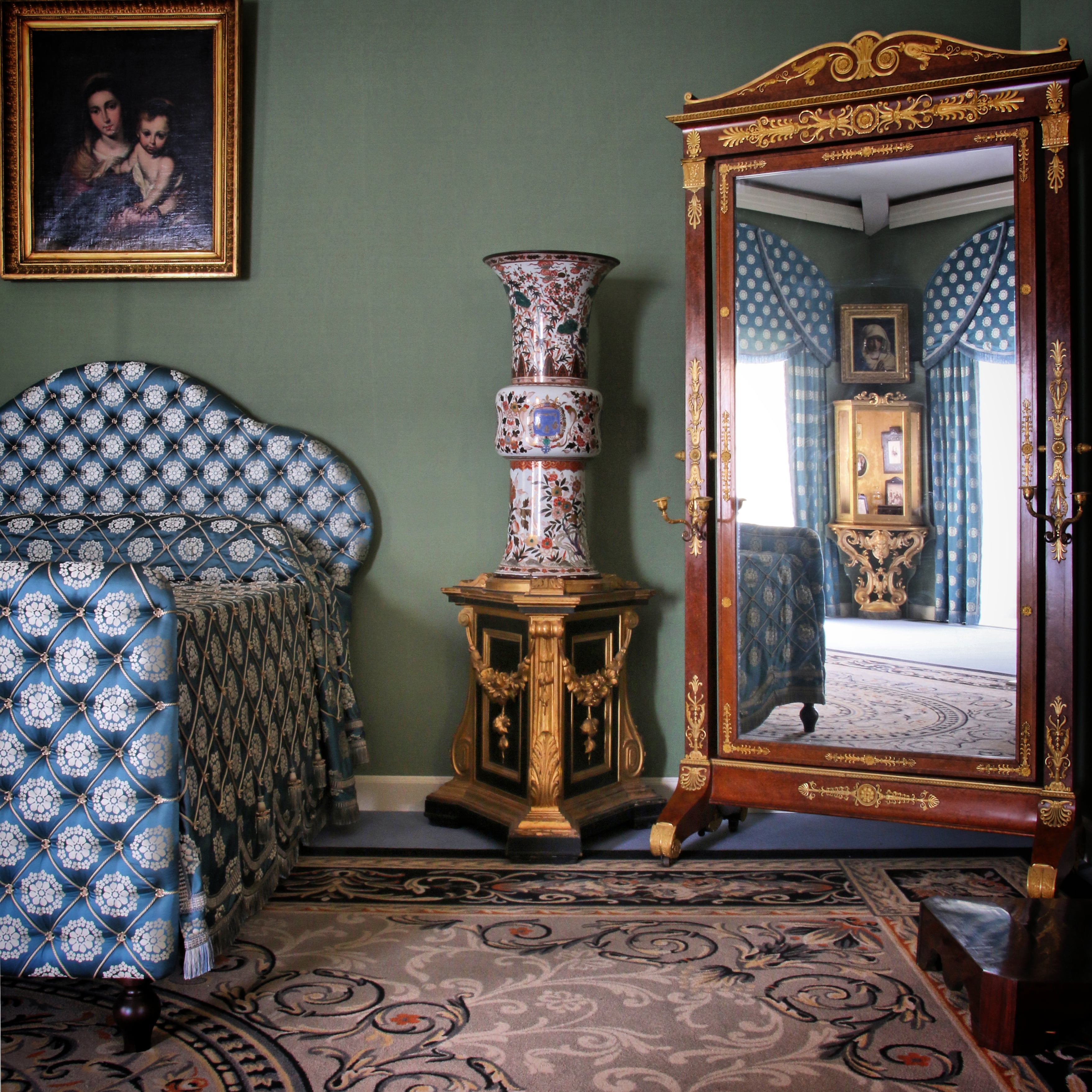
Click here to view image
The Duchess's bedroom
The Duchess's bedroom
Photo Jacopo Baccani 2020

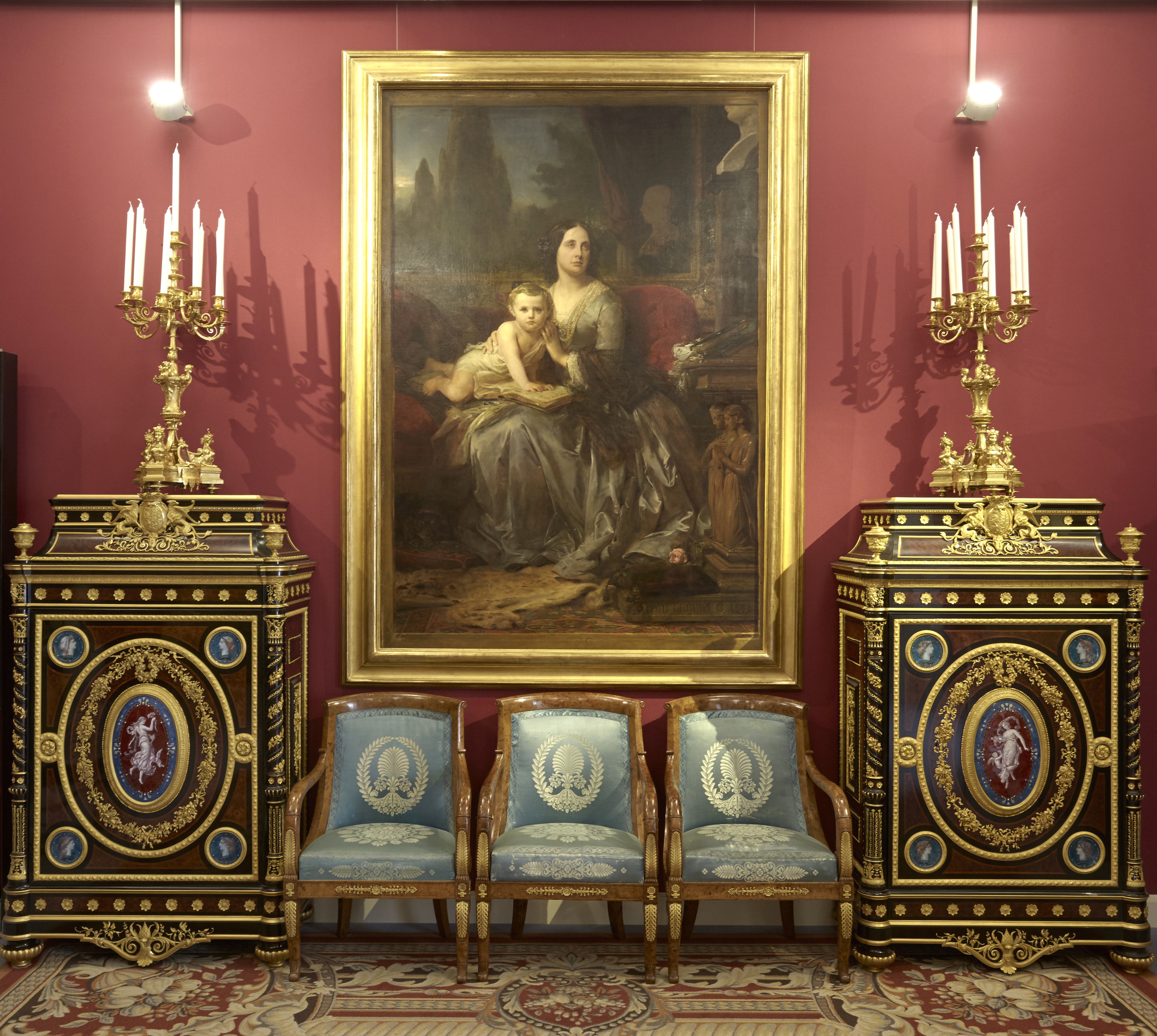
Click here to view image
Particular living room - nineteenth-century apartments
Drawing room with the portrait of the Duchess of Galliera by Léon Cogniet and the two jambs by Felix Duban




Headquarters:
Municipality of Genoa - Palazzo Tursi
Via Garibaldi 9 - 16124 Genoa
C.F / VAT 00856920102